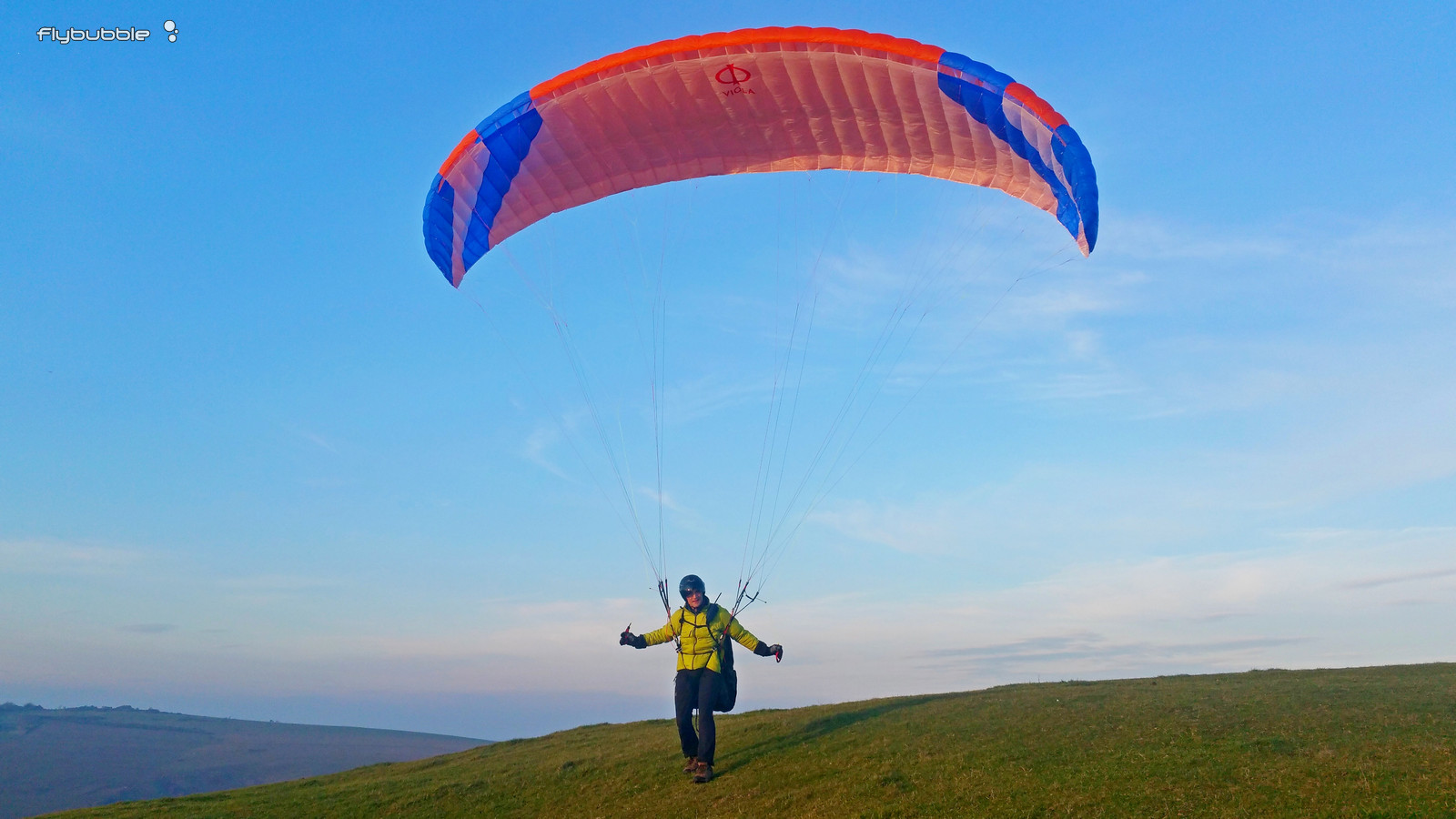
The Phi Viola is a light, compact wing that appeals to potentially the widest range of pilots imaginable. The majority of sizes are EN A, and are thought of as hike and fly wings, and that's correct, as it's a lightweight version of the Sonata. However, it's also a very capable mainstream wing, and a mini wing for alpine flying or high wind soaring. It is able to cater for all these demands with a range of eight sizes, and certification from EN A to EN D, depending on the size chosen, and the use of extended weight ranges.
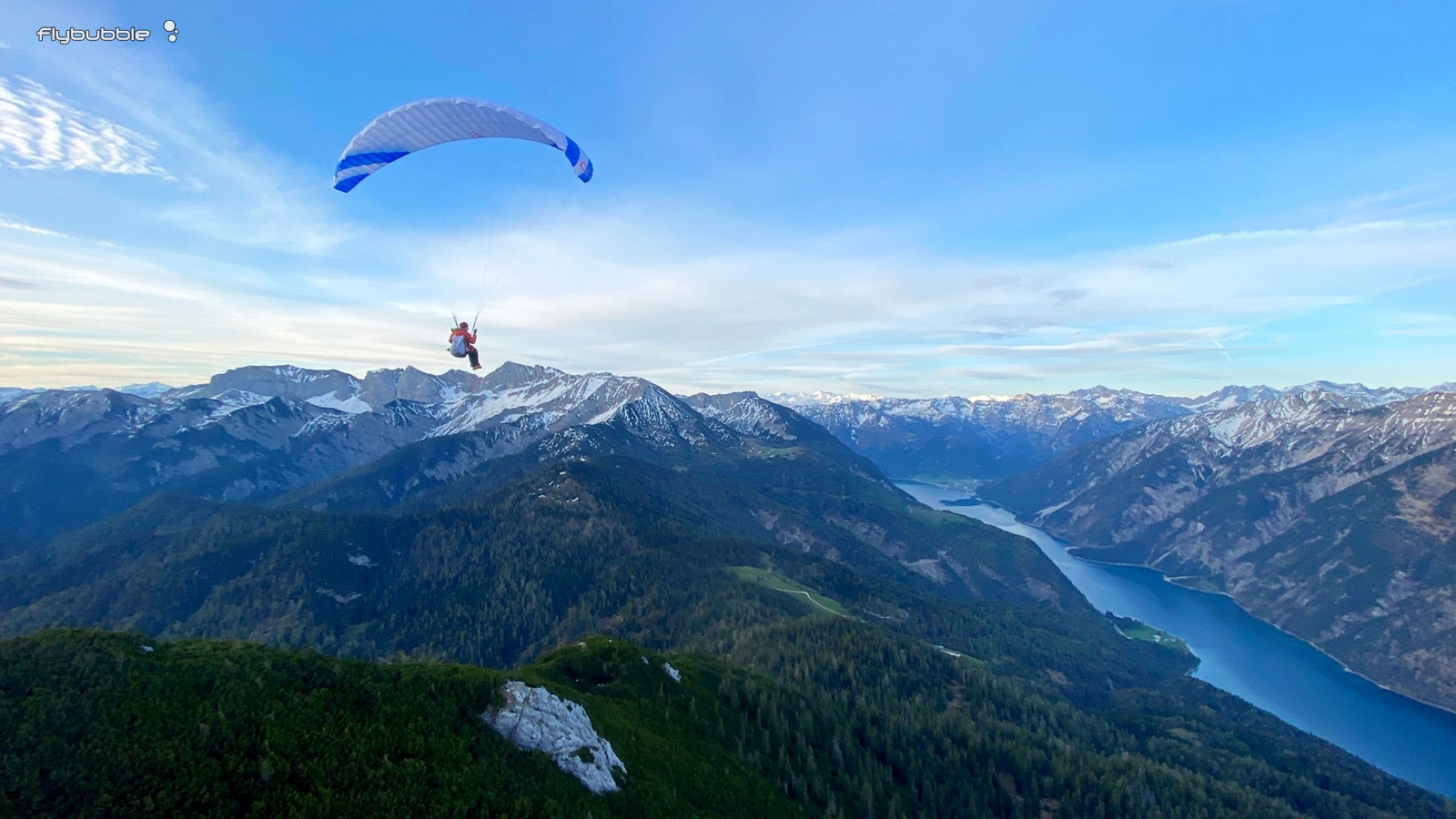
We're going to look at all aspects of the Viola for this collaborative Flybubble team review, except high wind soaring. We've flown all sizes of both the Viola and Sonata in light, moderate and strong winds. The smaller sizes make excellent mini wings for soaring in smooth high winds, and for ground handling practice. If you're interested in the Viola or its sister the Sonata for smooth high wind soaring or other "mini wing" type flying, then here's a review by Alan Hills of Skywings NZ.
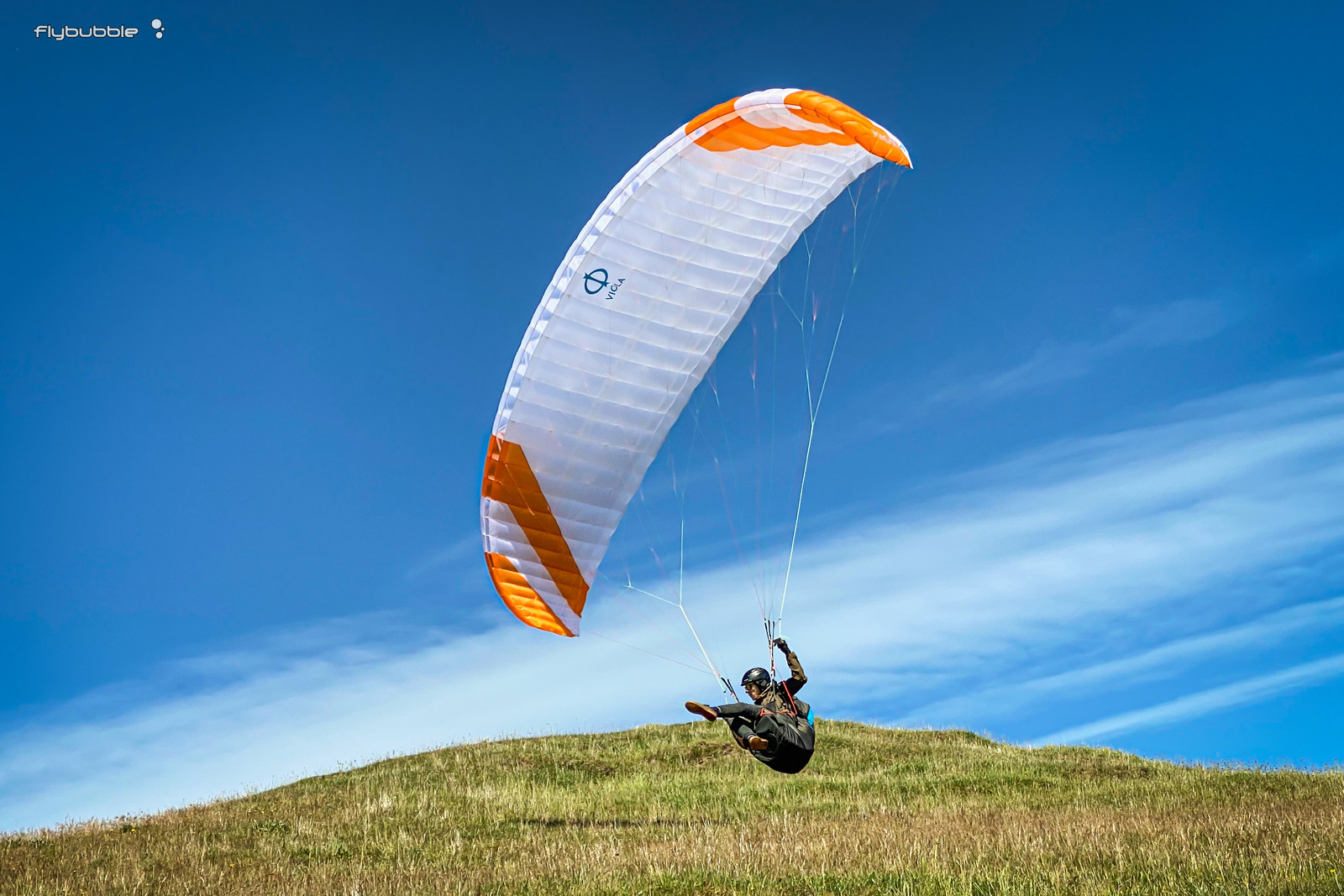
The Viola has a number of roles it can star in. It could be part of a hike and fly kit, with a mainstream lightweight reversible harness like the Advance Easiness 3. Beginners might prefer a light standard 'upright' harness, such as the Supair Pixair 2. For those who want a light pod harness, the Advance Lightness 3 offers the best compromise between weight and durability, with very high levels of comfort. For ultra-light pods, the Viola could be paired with the Supair Strike, or the Skywalk Range X-Alps 2, if you want something more specialist. Those who prioritise lowest weight and smallest pack volume over everything else will want to go for an extreme lightweight 'mountain' harness, such as the Advance Strapless 2.
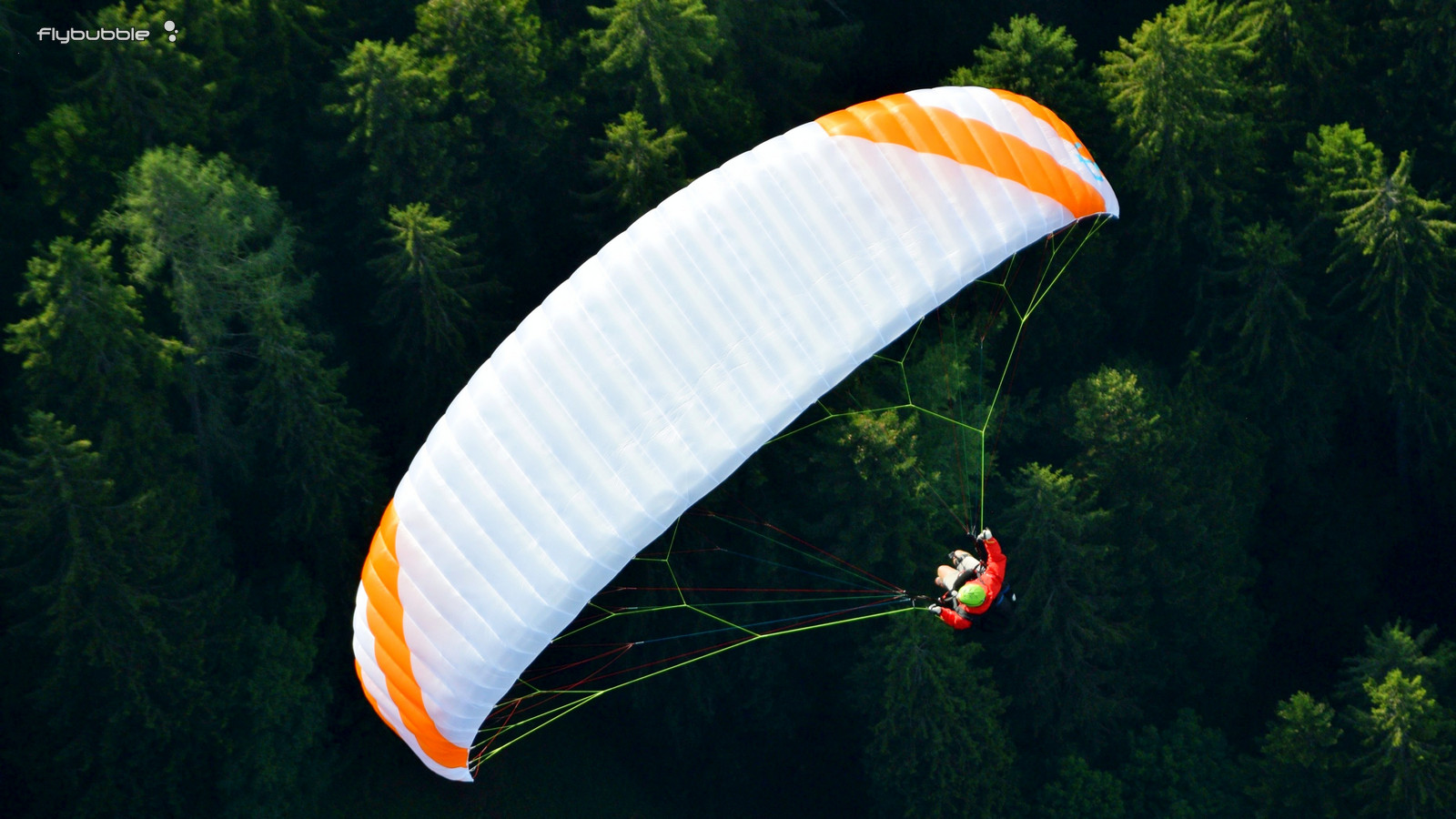
You could make the Viola part of a travel kit, so it could fit in a larger suitcase with space still for clothes, avoiding extra baggage costs, and fly when away from home on business. You could also choose it as a mainstream wing in preference to the Sonata, as, because of its better behaviour due to the lighter cloth, the top end of the weight range compared to the same size Sonata is higher.
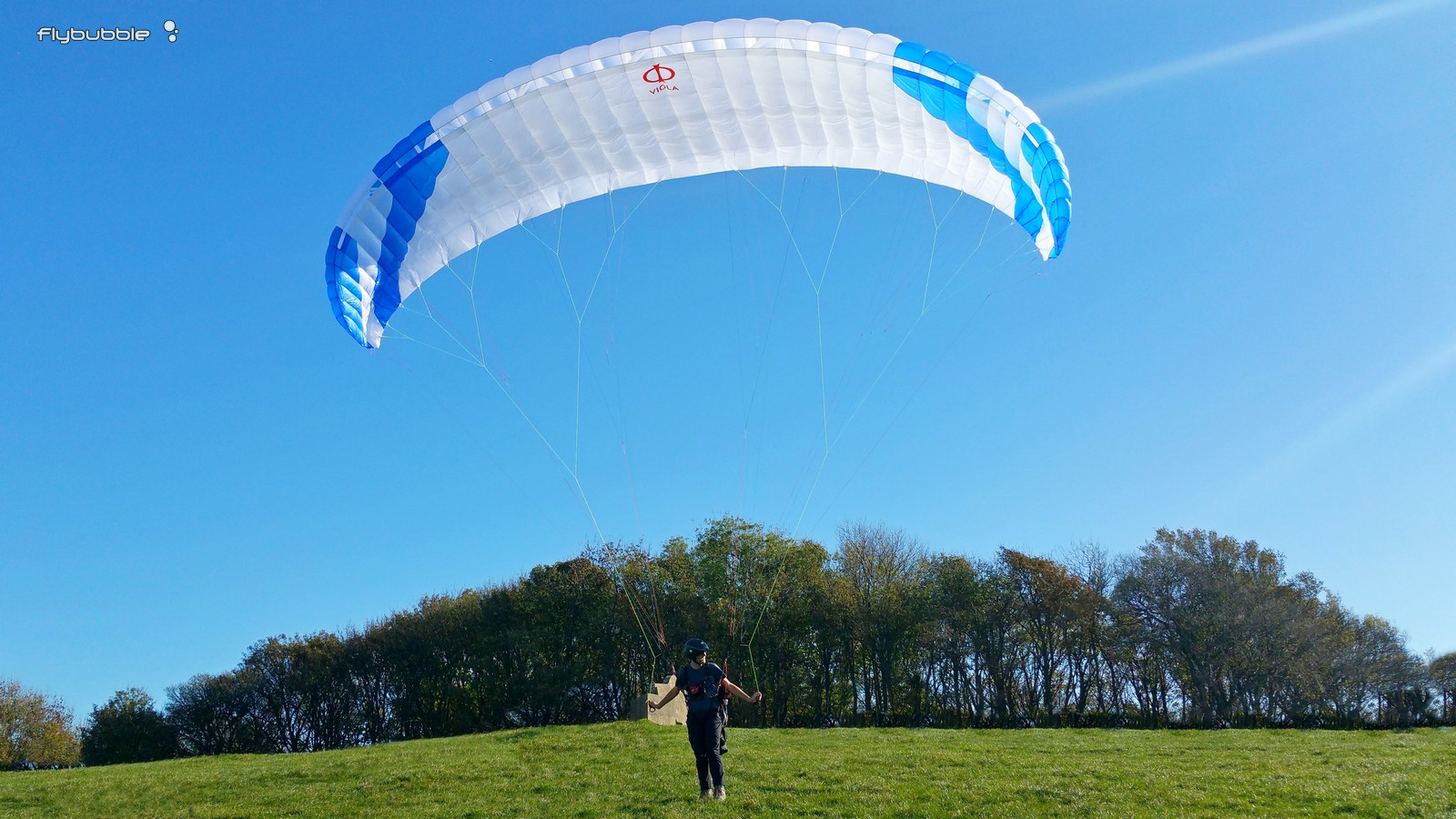
Let's look quickly at weight ranges. There are eight sizes in all, covering 50 to 145kg. This is a very large range of weights, as most gliders stop at 130kg. The two smallest sizes, the 12 and 14, are certified EN D and C respectively, for the same weight range, 50-90kg. The next three sizes are certified EN A for their conventional weight ranges, and EN B or C for the extended ones. The largest 3 sizes are all EN A for all of their weight ranges, and have higher top end weights compared to their Sonata stablemate of the same size. We've put together a detailed guide of where you should be in the weight range.
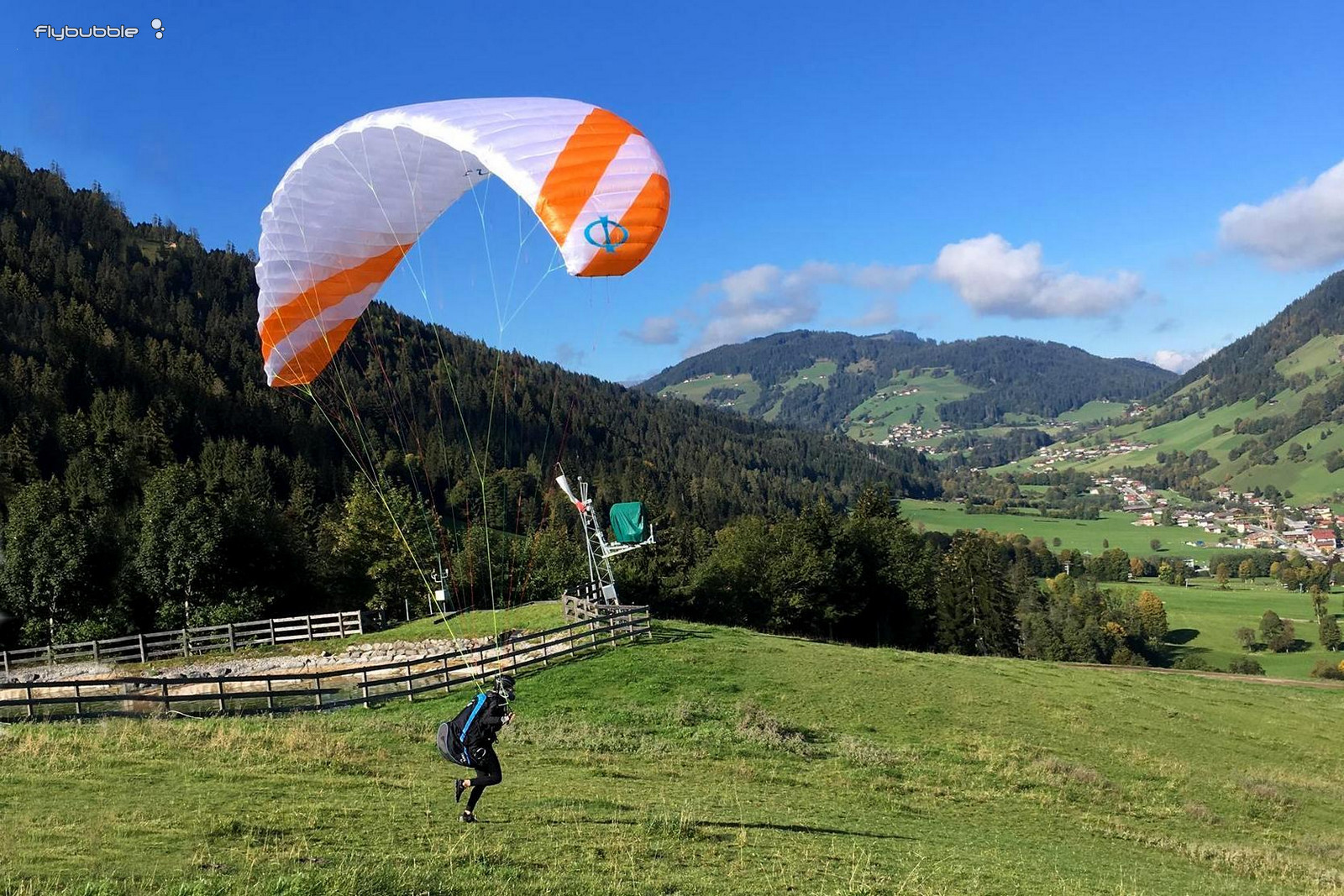
For this review we flew the Viola 24, the L size, which covers the weight range 90-120kg, and weighs in at 3.5kg. It was tested with the Advance Easiness 3 in size L, which had the optional airbag and a Companion SQR Light 120 reserve fitted. You get this combination weighing in at just over 7kg, but with non light options for helmet and other accessories the overall pack weight was closer to 9kg. These are worse case figures for weight, as the harness and reserve were both large sizes. Typical weight for medium sized kit is just under 7kg.
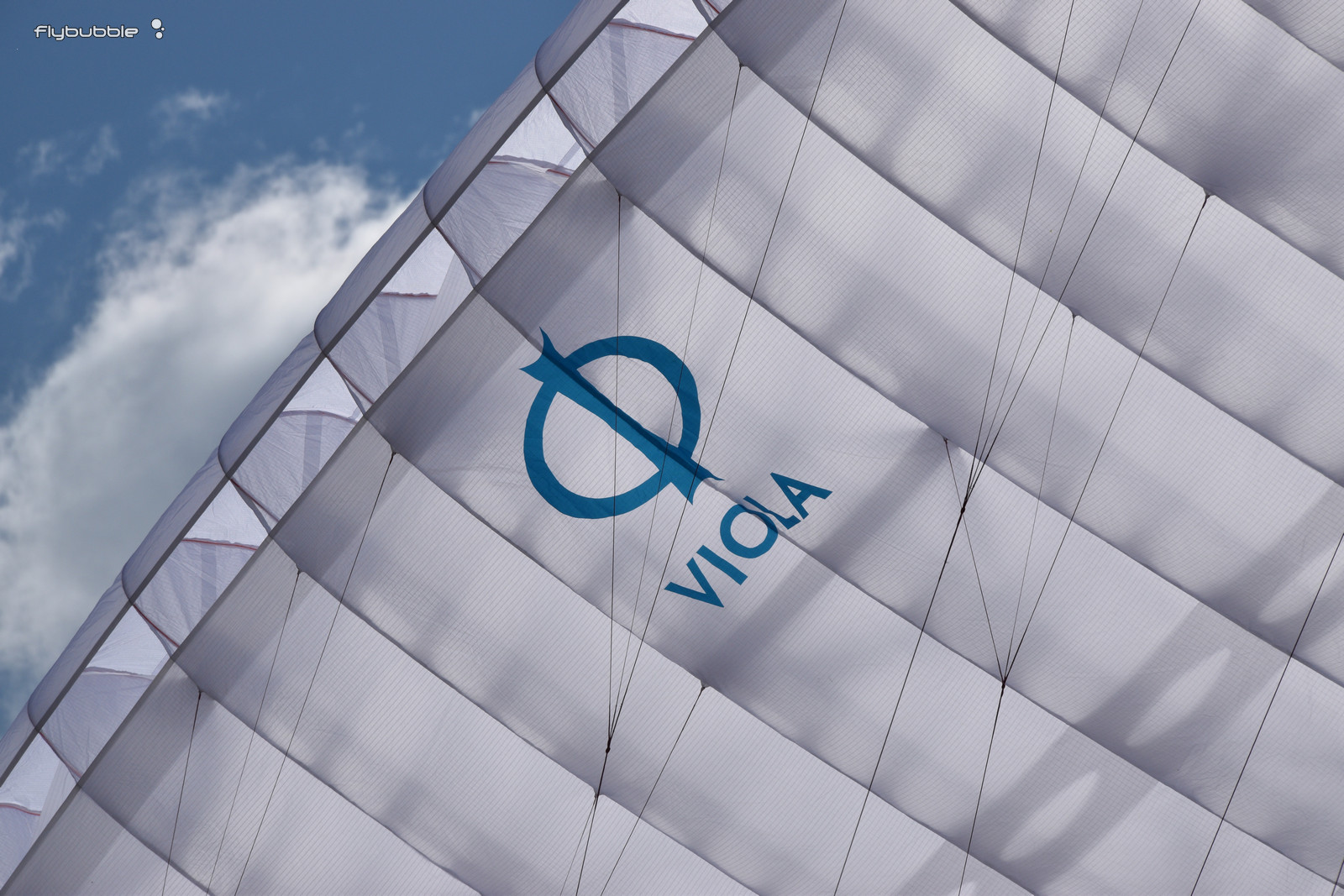
The Easiness 3 works very well with the Viola, providing a package suitable for beginners, with the excellent cross over of mainstream harness features with light weight. This set up would also be great for an experienced pilot wanting a second kit purely for hike and fly, or anyone wanting a travel kit, as outlined above.
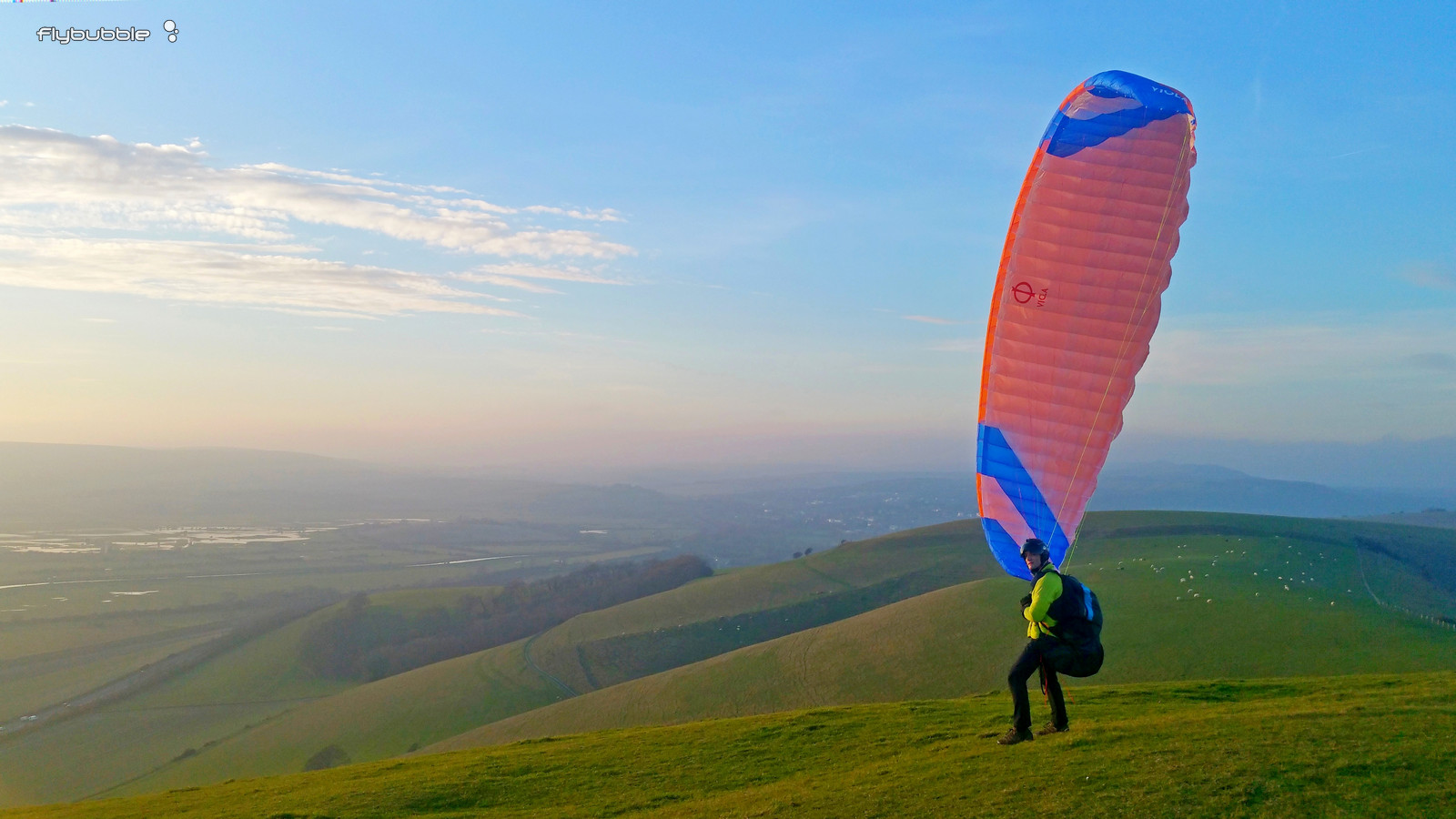
Hannes Papesh, the Phi designer, describes the Viola's sibling, the Sonata as "the combination of an extremely high safety level and good performance, precise handling and a lot of fun." For the Viola derivative, he adds that the weight reduction made for an even better behaved glider, so upper weight ranges could be extended. He ends by telling us that he built the Viola 18 for himself, and the Viola 14 for Phi test pilot Mike Kung.
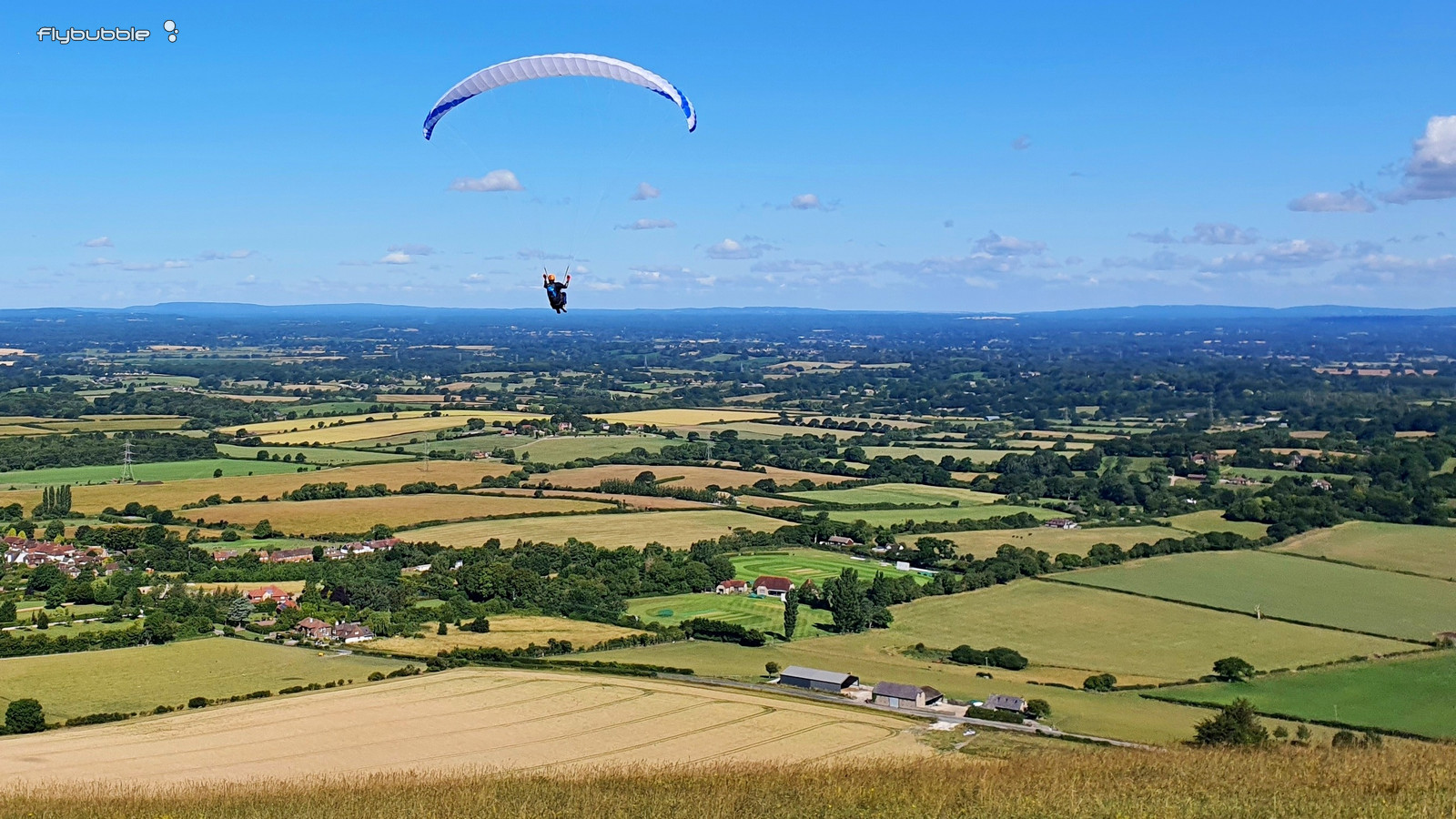
The first time you fly the Viola you'll find a glider that is easy to lay out and requires minimal checking to clear the lines. The line layout is simple, and this is part of a theme, the Viola is covered with simple but very clever solutions to a lot of paragliding's problems. For more experienced pilots, the glider inflates easily from balled up. For newer pilots, it inflates easily in light winds after checks and builds the wall very intuitively. In moderate to strong winds, you'll need some C riser control to keep the wing on the ground, and if you view any of Mike Kung's ground handling videos in strong winds on the smallest Violas you'll see he uses C riser control all the time and how effective it is.
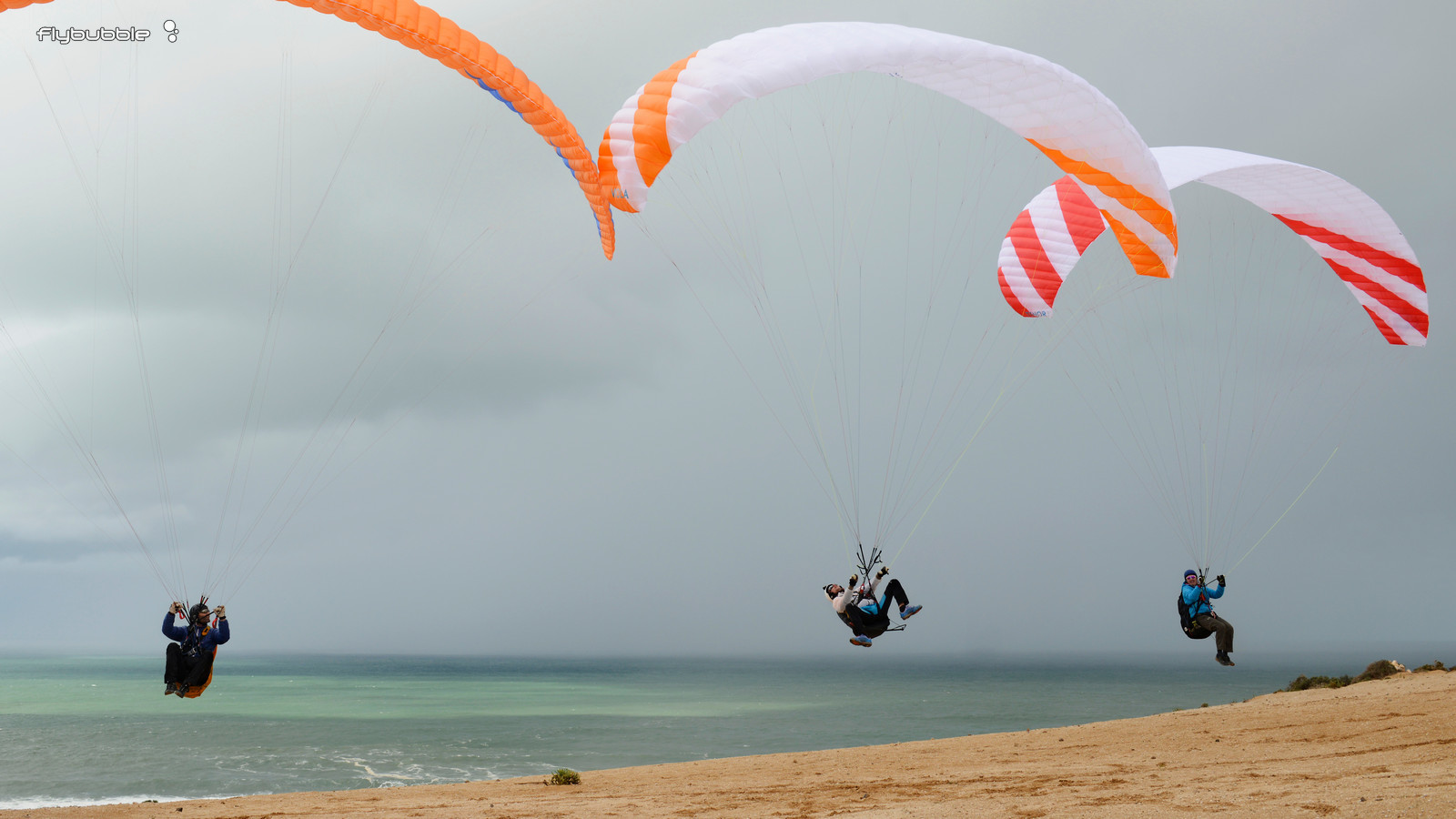
When the time comes to pull up, the Viola does so in a well mannered way, with a constant rate of climb to overhead, and then requires only a small dab of break or C riser to stop it overhead. Even in strong winds, it behaves very well on the pull up. In lighter winds, it will sit overhead when other wings won't, so on a light wind day you can wait for those brief chances to catch a thermal with the wing already overhead. On landing, it's just as easy to control, but in top end winds, the C risers are your best bet.

On the L (24) size, I was in the middle of the weight range (105kg) on my pod harness, and at the bottom of the middle third (100kg) using the Easiness 3. In the air the glider had an immediate and playful response to a pull on either brake, and was very quick into turns. It gives easy and precise 360s, and straight away the prejudices about EN A gliders come to an end. Handling is delightful, with a pod harness and less roll stability you can tighten up with weight shift, and to a slightly lesser degree the same is true on the Easiness 3. Whilst weight shift is a useful tool in the box, there's more than enough agility on the brakes, with the reserve to tighten into the turn always available, and if you then straighten up, there's a conversion of speed to height.
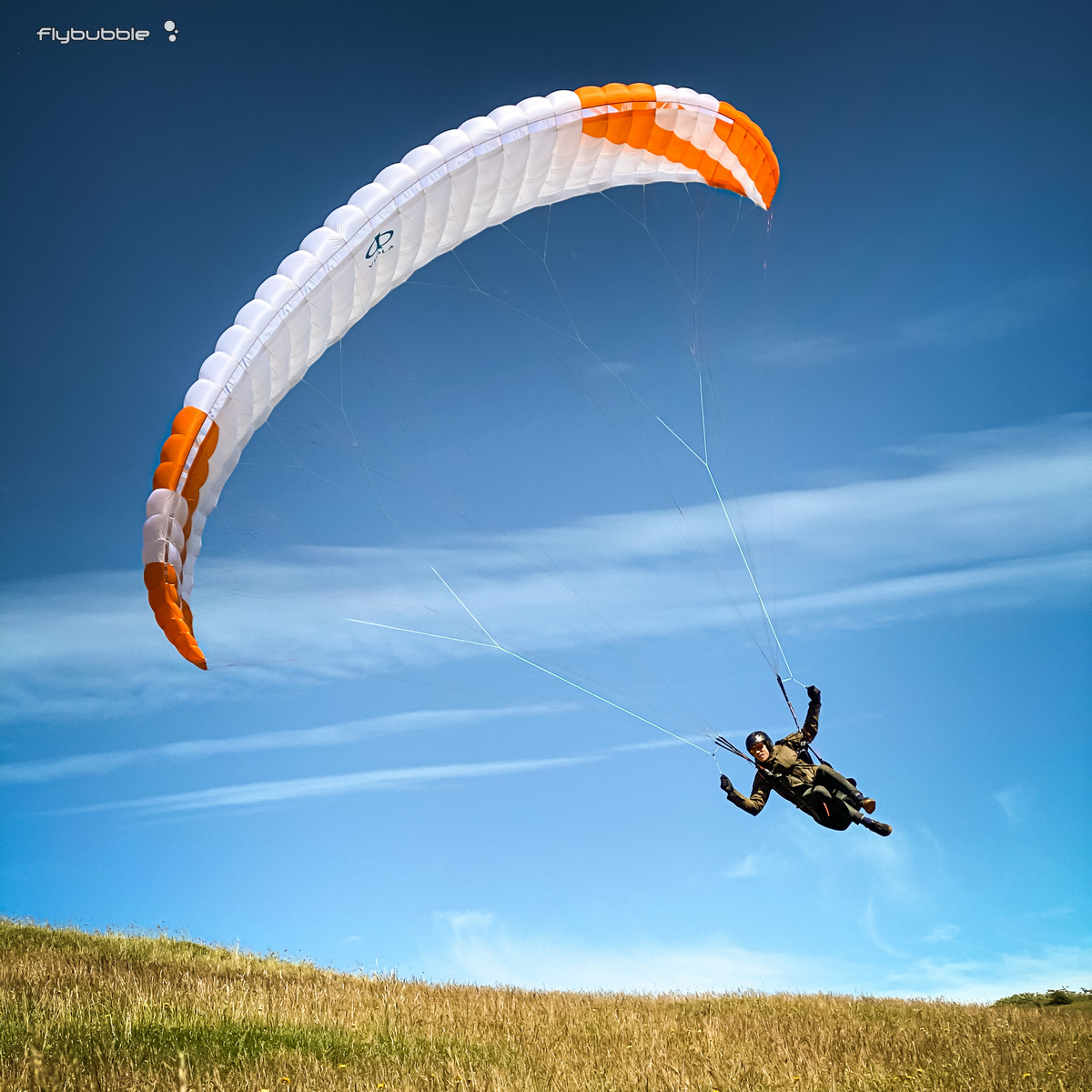
Whilst EN A gliders have a long brake travel to stall, all the flying on the Viola takes place in the top 40 to 50% of brake travel, giving the responsiveness of gliders from higher classes. Feedback from the air is well rounded, you are aware of what's happening in the air around you, but it never gets more than a polite hint about the side that lift might be on, and it can be ignored if need be.
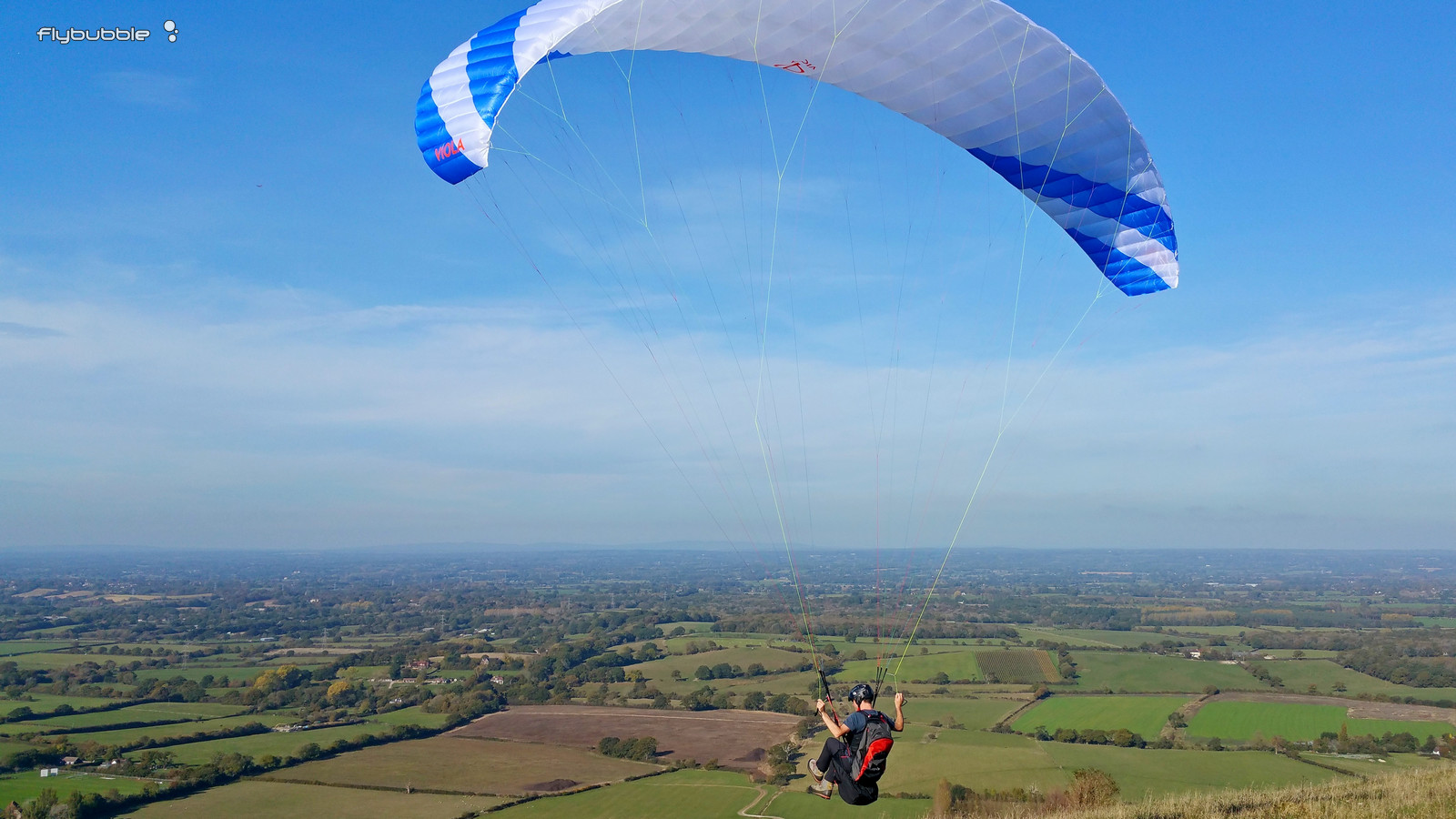
The Viola is a fun wing to fly, with handling and performance that are not associated with an EN A glider. The hidden gem is that you get this fun and performance with a very low pilot workload, which is the secret to longer flights and progression to XC flying. Whilst others actively fly to keep their wings in shape in stronger conditions, you are able to steer your way to the best lift, optimise it and climb out. With the mechanics of flying happening in the background, your conscious mind is now assessing the conditions, looking for lift, scoping out a plan during the first or second climb, and generally in the outward looking mindset that goes with flying XC rather than the inward looking one waiting for bumps and managing the wing.
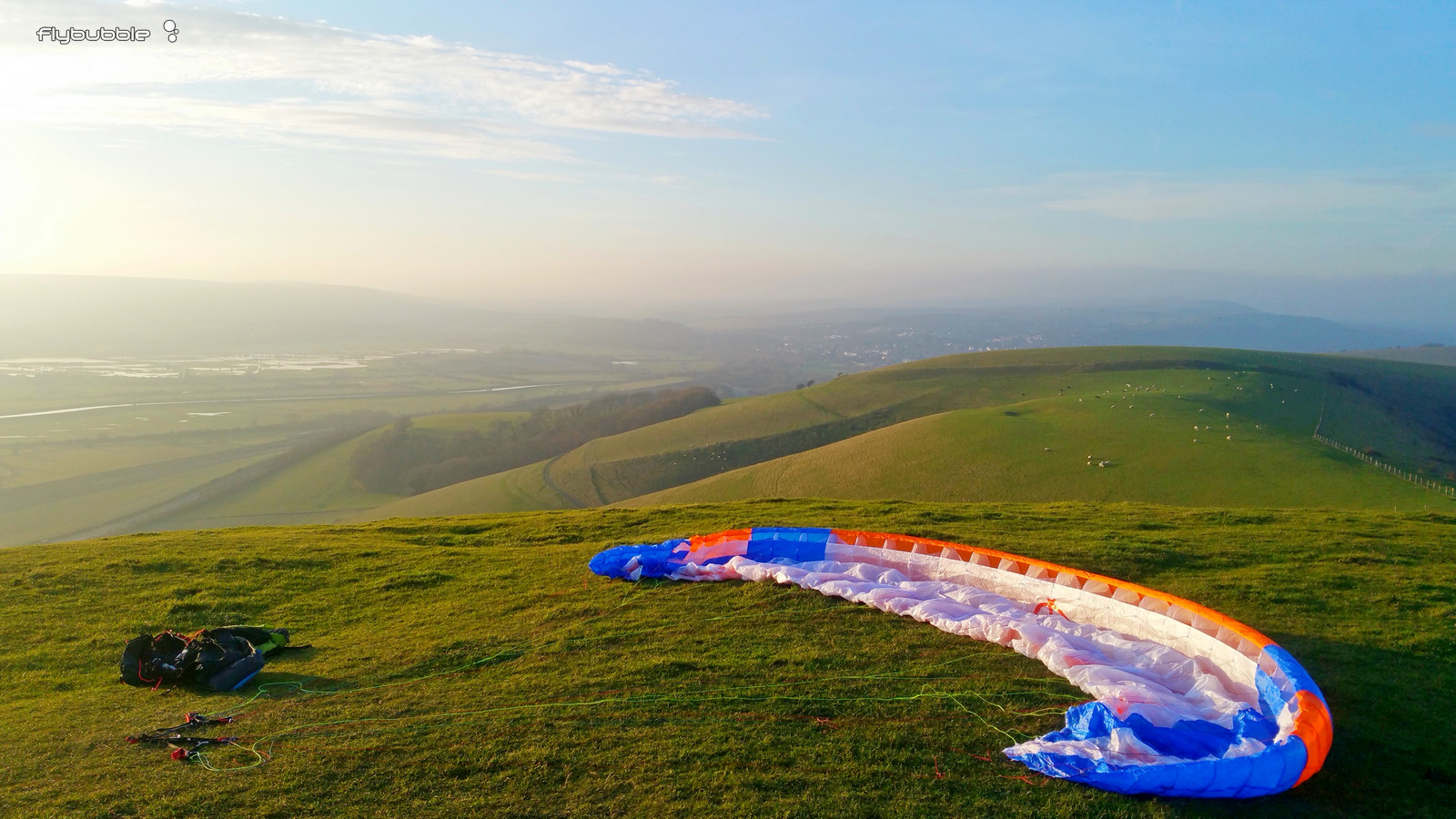
This side of the Viola with things normally available on higher class wings extends to things like the risers. There's a choice between two styles of riser, Semilight and Superlight, but both have split As and a B-C bridge. B-C bridges are usually something you have to go to a minimum of a high end EN B glider to find. The test glider had the Superlight risers, which at 150g are one third the weight of the standard risers used on other Phi gliders. Technora webbing is the usual stuff, pulleys and shackles are replaced with ceramic rings and, maillons become Dyneema soft links. Brake handles get parked by hook and loop fastener.

There is a very slight difference in weight on the speed bar with rings as opposed to pulleys, but this is only noticeable with back to back tests. When you fly the Viola and use the speed bar on the Superlight risers with rings, the impression you come away is that it's light in operation. It also has quite a range to it, and it makes a significant difference to forward speed without the expected degradation in glide you sometimes get on EN A wings. The other riser option is the Semilight, where maillons come back in place of the Dyneema links, and the brake handles are secured by magnets. This is the default supply option and is our recommended choice as the best compromise between weight reduction, management and comfort.
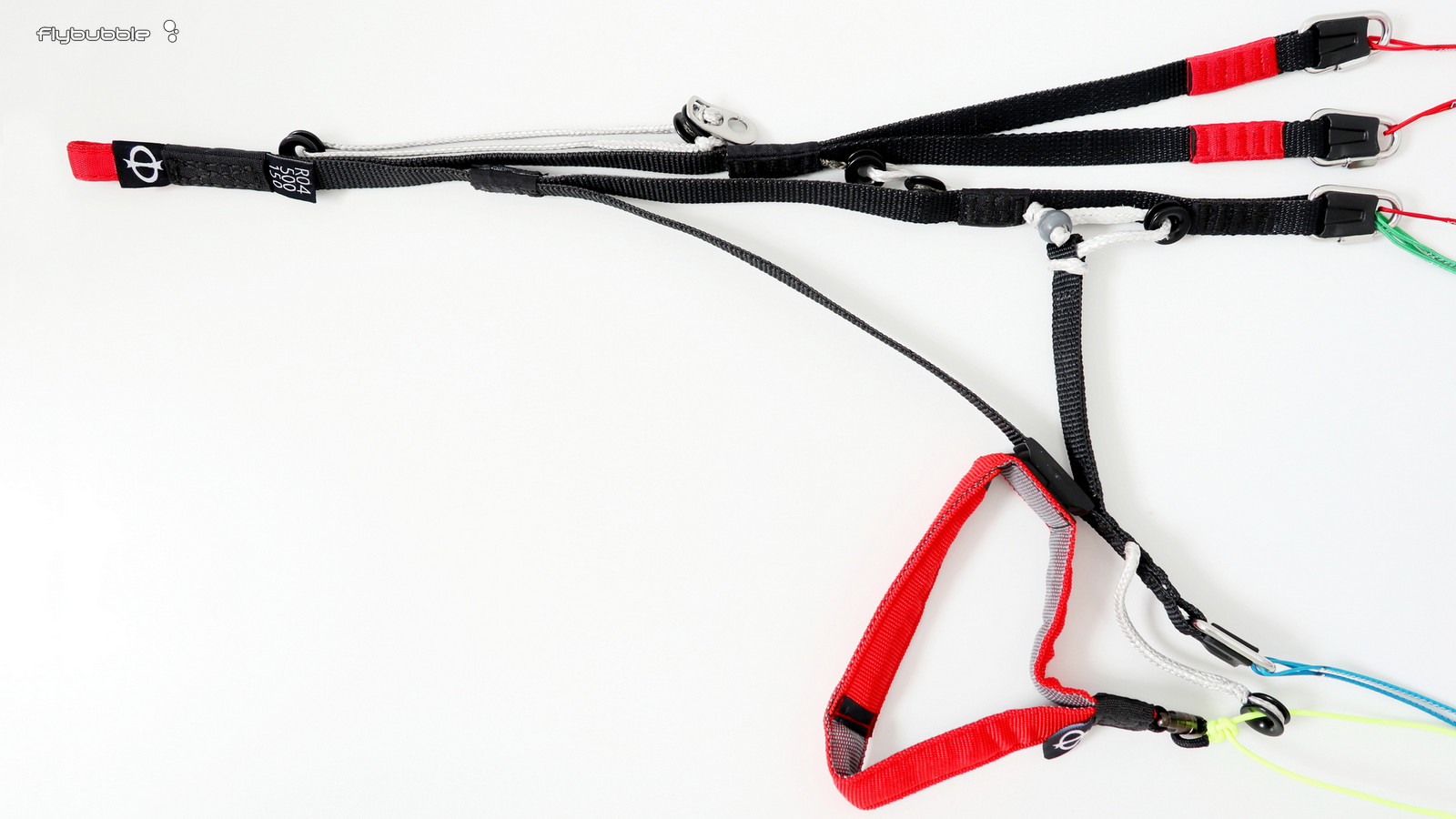
The Viola has faultless comportment in rough air. Over a UK Summer, in anything from strong inland thermals to the smaller broken stuff in sea breezes, the Viola has behaved perfectly. There's just the odd rustle in the roughest stuff, but no closures to report. You can see partly why this is when you pull in big ears, it's straightforward with the split As but the wing does resist you quite strongly. This desire to remain inflated and to reinflate very quickly is where the extra passive safety comes from and is what has allowed Hannes to extend the weight ranges upwards compared to the Sonata.

When you come to land the Viola, especially in tight areas or on the slope, you'll appreciate the slow flight envelope in the bottom 50% of the brake travel. We're not suggesting you explore this any higher than you're happy to stall in from, but in the last metre or two before touchdown it's another very valuable tool in the box.
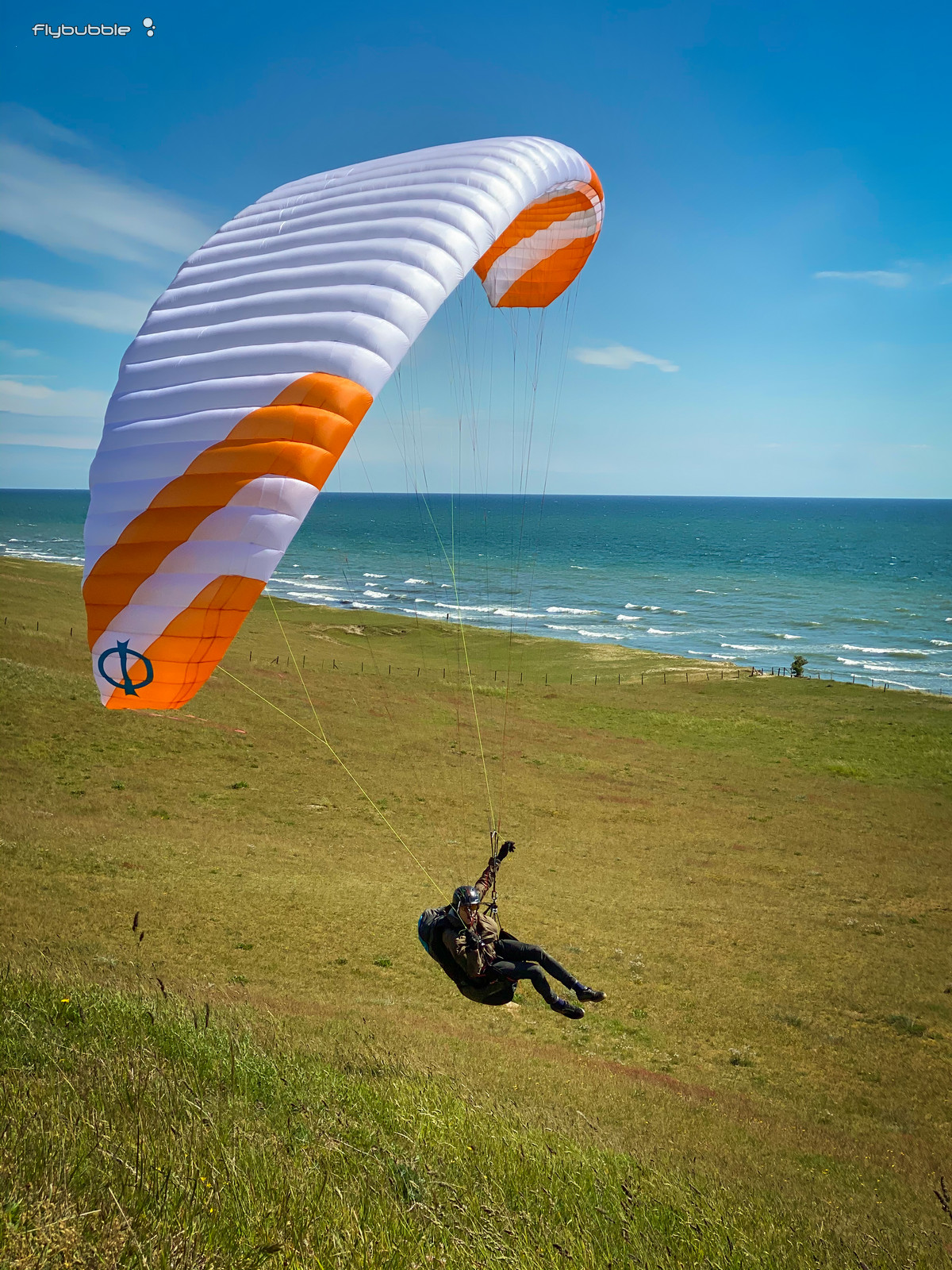
The Phi Viola is a star performer in the lightweight/hike and fly genre. Whilst that's where it's been pigeon-holed, this multifaceted wing is also a hidden gem in a number of other roles, including the super safe, high fun mainstream flying category. These two areas cover the majority of pilots flying it, but the amazing versatility of the wing is something most owners will never fully explore. You'll be flying a wing that a talented designer and an accomplished test pilot make their wing of choice, with features only seen on much higher class wings.
You won't get better than that.
Find out more about the Phi VIOLA
Brought to you by Flybubble
Like what we do? The best way to thank and support us is to buy gear from us and recommend us to others. Review our service on Trustpilot and our products on Flybubble Shop. You can also subscribe to Flybubble Patreon. Thank you!

